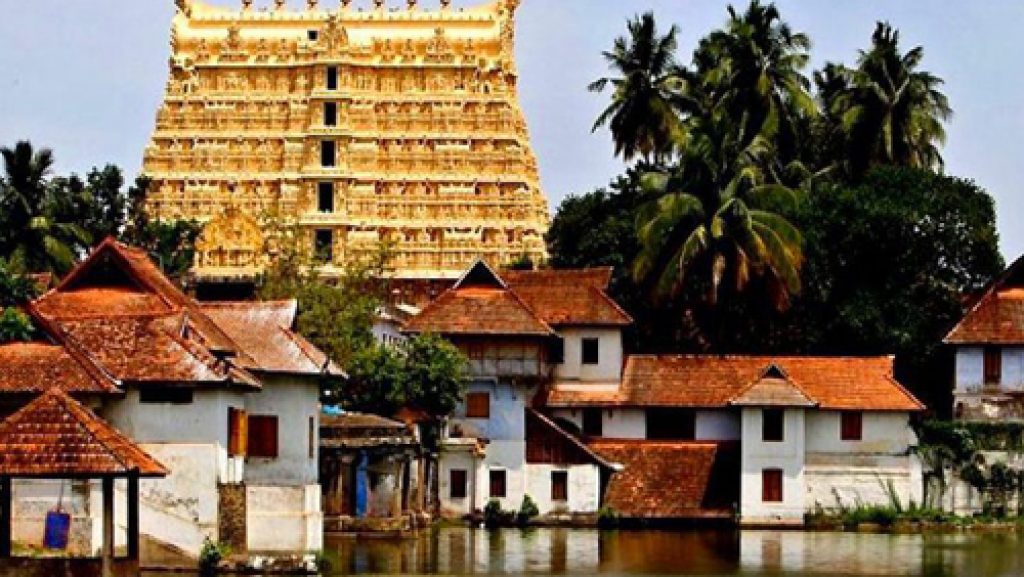Dream Whisperer’s main character, Fleming, was orphaned when he was still a babe in arms. The novel only offers sparse details about Fleming’s parents, except that his father spent a lot of time in India trying to patch things up between the British and the local gods. His endeavours were counteracted by the Evangelical missionaries’ relentless proselytising.
Contrary to what often happened — the Church piggy-backing on the surge of colonisation by Western powers — the British East India Company was traditionally averse to mixing business with religion. All they wanted was to make as much money as possible. The Charter Act of 1833 changed all that. The act turned India into a British colony and installed a Governor-General for the entire territory. Although the EIC saw its charter renewed for another twenty years, the act ended the company’s commercial activities in India and made it into the Crown’s trustee in administering the country. The company could keep all the Indian territories it possessed but now held it ‘in trust for his majesty’. The act appointed a Bishop for British India, headquartered in Calcutta, and permitted missionaries to proselytise — which they did aggressively.
Fleming’s parents were murdered in Thiruvananthapuram, Kerala’s capital. I chose that location for two reasons. It’s the location of India’s — and, indeed, the world’s —wealthiest temple, the Padmanabhaswamy Hindu temple dedicated to Vishnu. Its treasures are stored in vaults beneath the temple. Moreover, according to local legend, one of them, vault B, is said to contain many Devas (Hindu gods) and sages worshipping Lord Balarama, the elder brother of Krishna. They are said to be accompanied by Nagi, semi-divine half-snake and half-human underworld creatures, and a local female vampire, Kanjirottu Yakshi. That combination made the temple an irresistible location choice for my novel.

The temple’s wealth accumulated over a long period — some say over thousands of years. According to ancient texts, the origins of the temple date back 5.000 years, although the current structure is the result of a beautification in the 16th century of a 6th-century building. Upon the death in the 1990s of the last Maharajah in the royal Travancore family — who acted as the temple’s trustee — the treasure attracted the attention (and, I imagine, the cupidity) of the Indian government.
In 2011 the Supreme Court ordered the vaults to be opened for inventory. The project revealed there were eight vaults instead of the known six. The estimated value of the contents of the opened five “smaller” ones A, C, D, E, and F is between 17 and 22 billion USD — gold, silver, diamonds, and other precious stones. Taking into account the antique and cultural value of the findings, their market value may well be ten times that. The information about the large vault B is very confusing. Some say the vault hasn’t been opened for three centuries, whereas other sources maintain that the royal Travancore family did open it for inventory in 1880. They didn’t find gods, sages, nor monsters, but their monetary estimate of its contents at the time would translate to an incredible 700 billion USD in today’s money. However, taking into account the evolution of the price of gold alone might raise that estimate to many trillions of dollars. Anyway, the royal family got an injunction from the Supreme Court that forbade the opening of vault B in 2011. Later efforts were thwarted as well: vault B is considered taboo. The two other ‘forgotten’ vaults, G and H, remained closed for two centuries and weren’t opened now either, meaning that the hoard’s value may far exceed current estimations.
Upon allegations that the Travancore family was guilty of mismanagement of the site, the Kerala High Court ruled in 2011 that the state government should take over control of the temple. In 2020, however, the Supreme Court reversed that verdict. The royal family retains the ceremonial rights over the temple; the actual administration is henceforth the responsibility of a committee to be set up by the family. The royal family never made any claim on the treasure: It’s the property of the temple and its deity. Of course, there was an outcry. Some asked for the items to be displayed in museums. Others demanded they be sold to use the profits for the public good. That’s not going to happen any time soon.